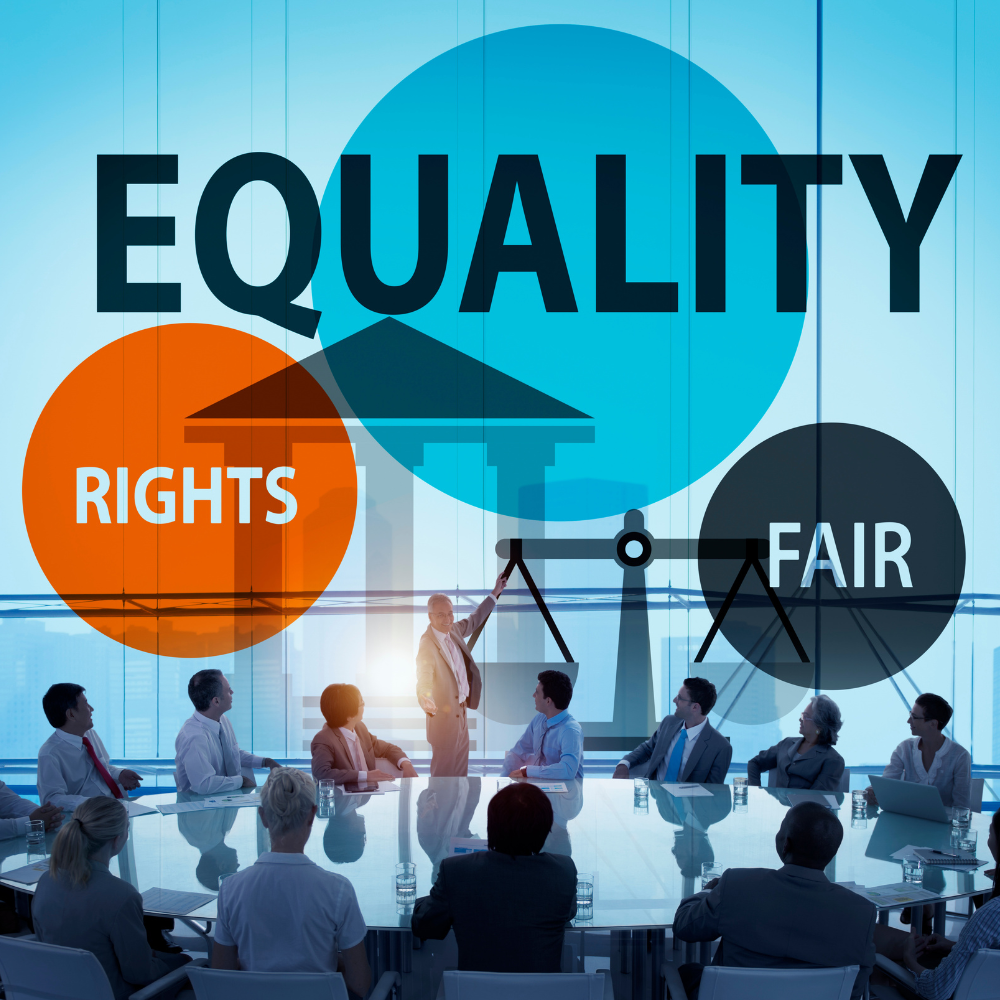The contemporary workplace is evolving at an unprecedented rate, and along with it, the tools and technologies available for employee monitoring are also advancing.
While some level of employee monitoring may be necessary for a variety of reasons, including data security and compliance, it also raises critical privacy and ethical concerns.
Balance that Human Resources (HR) professionals must strike between employee surveillance and privacy in the contemporary work environment are given below:
The rise of employee surveillance
Employee monitoring is no longer limited to security cameras and access control systems in the digital age. It includes a vast array of technologies and techniques, such as computer monitoring software, GPS tracking, video surveillance, email monitoring, and even keystroke logging. These tools have become more accessible and advanced, allowing employers to closely monitor a variety of aspects of their employees' work activities.
The need for employee surveillance
While the concept of workplace surveillance may generate concerns, it is essential to recognize that there are valid reasons for implementing these measures.
These reasons include:
- Data security
The protection of sensitive company information and trade secrets is crucial. Surveillance of employees can prevent data breaches and unauthorized access.
- Productivity monitoring
Monitoring software can provide insights into employee productivity and pinpoint improvement opportunities.
- Compliance
Certain industries are required to comply with regulations such as HIPAA and GDPR. Surveillance ensures employee compliance with these regulations.
- Preventing harassment
The use of surveillance to combat workplace harassment and ensure employee safety is possible.
Employee privacy rights
Employees have fundamental privacy rights that must be respected despite the necessity of surveillance in some situations. Privacy laws, such as GDPR in Europe and numerous state-level laws in the United States, dictate how employers may collect, store, and utilize employee data.
Key considerations include
- Consent
Employees should be informed of the surveillance methods and, where necessary, grant their explicit consent. The voluntary nature of consent should not be a requirement for employment.
- Transparency
Employers should plainly communicate their surveillance policies to their staff. Transparency fosters confidence and enables employees to comprehend why certain measures are in place.
- Data access
Employees have access to their own surveillance-collected personal information. Additionally, they should be able to rectify errors and request data deletion when appropriate.
- Data security
The security of surveillance data is imperative. This includes preventing unauthorized access and data breaches and storing data securely.
Best practices for employee surveillance
HR professionals play a critical role in ensuring that employee surveillance is both ethical and effective. Here are some best practices to consider:
- Transparency and communication
- Consent
- Data security
- Purpose Limitation
- Regular Audits
Balancing act in remote work
The increase in remote work complicates the equilibrium between employee surveillance and privacy. Employers must monitor productivity and assure data security while respecting the privacy of remote workers at home.
This requires careful consideration of the instruments and methods employed, as well as the significance of establishing trust with remote teams.
HR practitioners must balance employee surveillance and privacy in the modern workplace. In some cases, monitoring is necessary, but it must be done responsibly, honestly, and with respect for employees' privacy. HR can balance surveillance and privacy for a healthy, trusting, and productive workplace by following best practices, speaking freely, and emphasizing data security.






